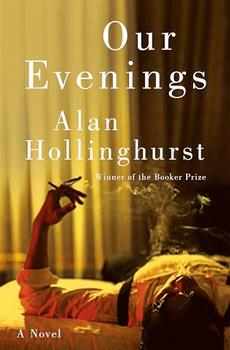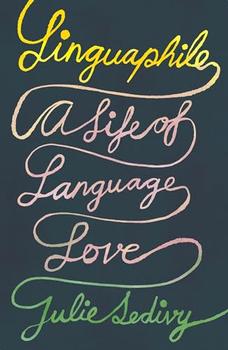: Freight Trains, Forgiveness, and Freedom on the Rails in the American West
(8/4/2021)
The Sunset Route is the memoir of Carrot Quinn and her years as a homeless, poor, white vagabond, a life that continues to define her. Carrot Quinn started life with her mother, Barbara, who struggled with untreated mental illness and a younger brother, Jordon. They lived in extreme poverty—with both children wanting for food, heat, stability, and love. Quinn's story comes in nonlinear flashes and can be tough to follow until you begin to recognize her style. Quinn's life is tumultuous. In some places these memories and experiences are hard to read. Mostly, it is the simple story of someone who doesn't give up.
Readers quickly understand that normality is life with a schizophrenic mother who believes herself to be the reincarnation of the Virgin Mary and an absentee father who has given up all parental rights. Quinn and her younger brother are victims of abuse, starvation and, then, homelessness. The Sunset Route opens with an older Quinn who is about to take us on our first freight train ride. By the time we leave Quinn, we will have learned more about riding trains free of charge and finding places to sleep and get food than we hope we will ever need to know. Quinn's life is never stationary. To survive, she adopts bits and pieces of other persons' identities, persons she meets along the way, whom she admires for their passions or their skills at survival. The Sunset Route is filled with vibrant snapshots of people, hitchhiking and, eventually, Quinn's true love, thru-hiking. (Unlike backpacking, thru-hiking is hiking an established trail from one end to the other.)
After a few years of struggle to keep her and her brother sheltered and in school, Quinn's grandparents finally take her in but they are not what she had imagined. They turn out to be very cold and abusive. They feed and clothe her but she is still denied the love she craves. Her saviors are her friends and strangers. Each friend she meets, in the various school systems she attends and on the road, give her the love and friendship severely lacking in her genetic family. Complete strangers offer her meals, rides and places to stay.
Quinn's lifestyle of jumping trains, hitchhiking, living place to place and dumpster-diving is not one I could recommend regardless of how abusive a child's home was, but it was the only way out she saw. By book's end she does find some, but not all, of her answers by living the best life she can on her own terms. I was constantly amazed by the fortitude if this young woman who has the strength to constantly start over again. Quinn writes with honesty, vulnerability and puts it all out there, no holds barred.
The Sunset Route was certainly interesting but a number of elements didn't work for me. The nonlinear structure blends time together, days, weeks and months pass without much remark. It is strongest in the middle. A lot of the chapters were pretty repetitive and it often felt like I was reading the same train-hopping story over and over. I never really cared about about Quinn or how she ends up. The book ends without a strong sense of closure. Simply, there was a lot of potential to the memoir but it never quite developed.
One big missed opportunity in The Sunset Route's is that it nearly begins and ends in Alaska but Quinn doesn't take advantage of the concept. The image of Alaska would have been a great bookend and theme to give the narrative greater significance. At the end Quinn is an adult looking for her mother. She has been away for two decades away and this concept that her travels were spent looking for something only to begin and end in the same place, Alaska, is important and universal.
The Sunset Route is a personal read about hard topics and is a story here worth telling. It has adventure and drama. Quinn never loses her ability to see the beauty in her surroundings and we see this through her writing. A last few pages show the potential for introspection and closure. Maybe she is already working on The Sunset Route, Part 2.



